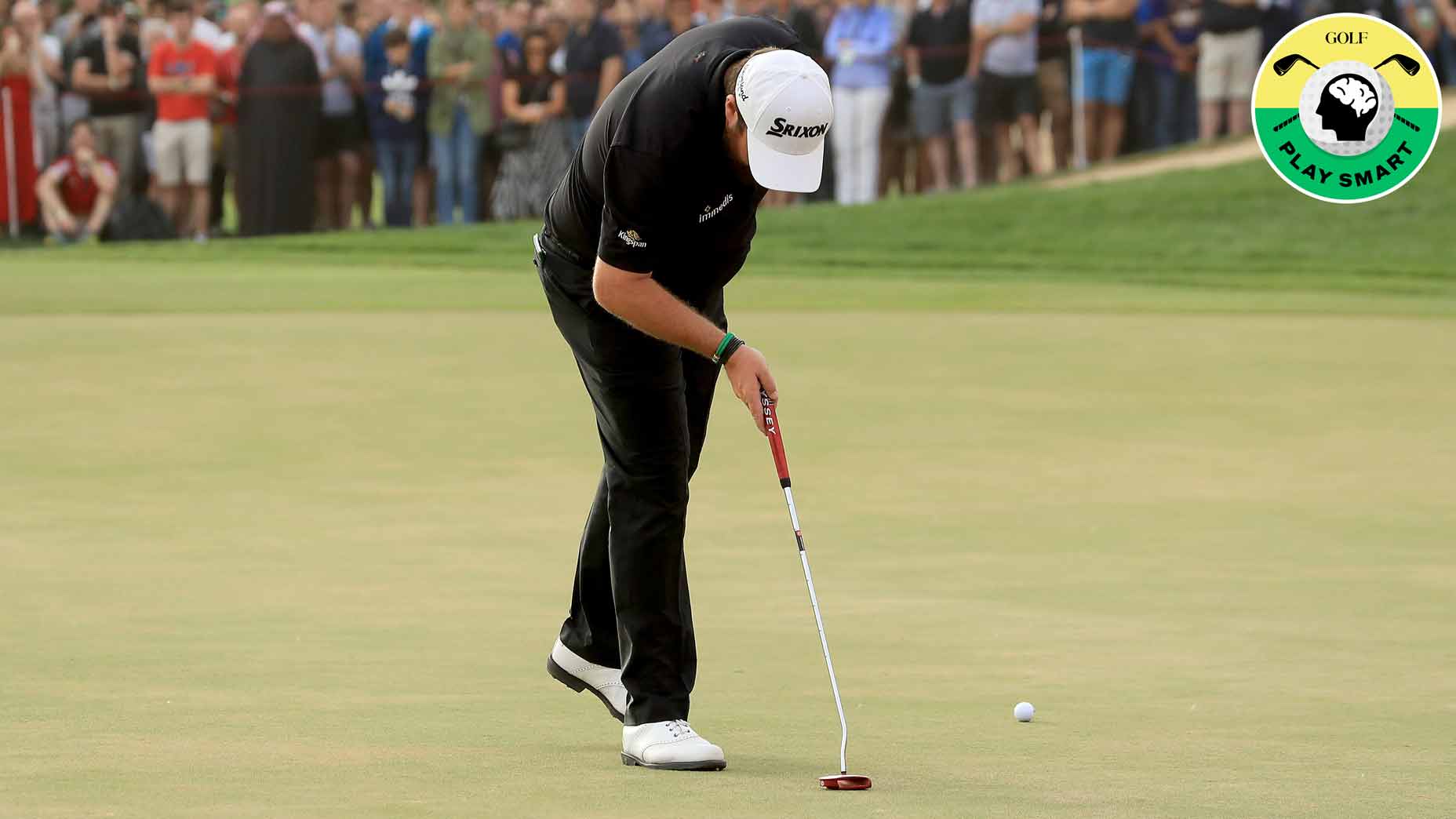How do spike marks affect putts? This fascinating video shows us
- Share on Facebook
- Share on Twitter
- Share by Email

Spike marks on the greens can ruin your chances of making a putt.
Getty Images
InsideGOLF: +$140 Value
Just $39.99
Spike marks on the greens can ruin your chances of making a putt.
Getty Images
Welcome to Play Smart, a regular GOLF.com game-improvement column that will help you play smarter, better golf.
In 2019, the Rules of Golf got a major makeover. Suddenly, putting with the flagstick was acceptable. A double chip was no longer embarrassing and a scorecard killer. And drops were taken from the knee and not the shoulder. Many of these changes were implemented with pace of play in mind, and others focused on simplifying convoluted areas of the rulebook. But there was one rule in particular that made the game easier, too.
As a part of the 2019 rules overhaul, fixing most imperfections on the greens became legal. Previously, players were only allowed to fix ball marks and old hole plugs. But with the updated version of the rulebook, fixing almost all damage was OK’d. This included spike marks, ball-marks, indentations from a club or flagstick, and animal damage.
So, why is this a big deal? Well, it might not seem like a huge deal, but even the smallest imperfections on the putting green can cause your ball to miss the hole.
The most common imperfection you’ll see on the greens are spike marks. And while the marks made on the greens by golfers’ shoes might be tiny, they can have a huge impact on whether or not you make a putt.
When I was scrolling Instagram recently, I came upon the video above from Cody Karoses and found it absolutely fascinating. I’d always known that spike marks had some impact on putts, but I’d never seen an A/B Test illustrating the phenomenon.
As you can see in the video, the first few putts coming off the rail are the perfect speed to find the bottom of the cup. However, when Karoses steps on his line a bit, it has a drastic effect on the putt. Instead of rolling right in the cup, the balls run out of speed and come up just a few inches short.
Now, this video might not be a perfect scientific experiment, but it does give us some idea of how spike marks affect putts. So next time you’re on the greens, give a little extra attention to the turf imperfections between you and the hole. Fixing them might just be the difference between a miss and a make.

Golf.com Editor
Zephyr Melton is an assistant editor for GOLF.com where he spends his days blogging, producing and editing. Prior to joining the team at GOLF, he attended the University of Texas followed by stops with the Texas Golf Association, Team USA, the Green Bay Packers and the PGA Tour. He assists on all things instruction and covers amateur and women’s golf. He can be reached at zephyr_melton@golf.com.